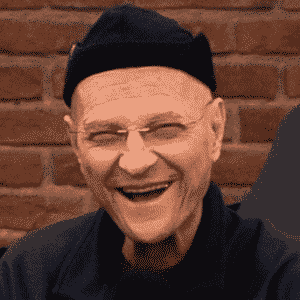Process Oriented Psychology (Process work)
This video, which Amy Mindell made in 4 parts for you-tube, was made in 1988 when Amy and Arny were invited as resident teachers at Esalen Institute in Big Sur, California. In this introductory video, Arny gives an informal but complete and interactive description of his development of process work. The 4 parts consist of theory, case examples, inner and dyad experiential exercises. Despite the fact that the film was made in the 80s, the lessons are still relevant today.
Part 1: Introduction of Process Work
Intro by Arnold Mindell, Esalen 1988
In part 1 of this introduction to Process Oriented Psychology, Arny talks about his background in the natural sciences and Jungian psychology. He talks about the dream body and emphasizes how important it is to bring psychology together with movement, family, politics and group work. He also emphasizes how the essence of process work cuts across all cultures, and its various applications as well as how its healing/medical model integrates meaningful body experiences and symptoms.
Part 2: inner work, Dreams, Wholeness and Coma work
In part 2, Arny leads everyone through an inner work exercise from a physical symptom to the connection to dreams. He speaks of the Cartesian split between dreams on the one hand and the body on the other. He explains why he uses information thinking. He gives an example of his work with a young girl with bone marrow cancer, and asks “what is healing” and talks about his coma work.
Part 3: sensory grounded channels, wholeness, feedback
In part 3, Arny discusses developing skills in the many sensory channels, and why we have so many of these channels. He then asks: What is process? He researches teleology and programming versus following. Gives an example of one of his own childhood dreams, discusses positive and negative feedback and how interventions can best be observed in the expressions (behaviors) that people show.
Part 4: the edge, primary and secondary processes, symptoms
In part 4, Arny recommends a dream work dyad to observe what kind of dream work ‘the client’ recommends. He discusses the concept of ‘the edge’ and guides everyone through an exploration of their own boundaries. He discusses concepts such as primary and secondary processes and how symptoms manifest themselves in boundary work, and the importance of following the whole process. He answers the question “what to do if you don’t remember your dreams”?

